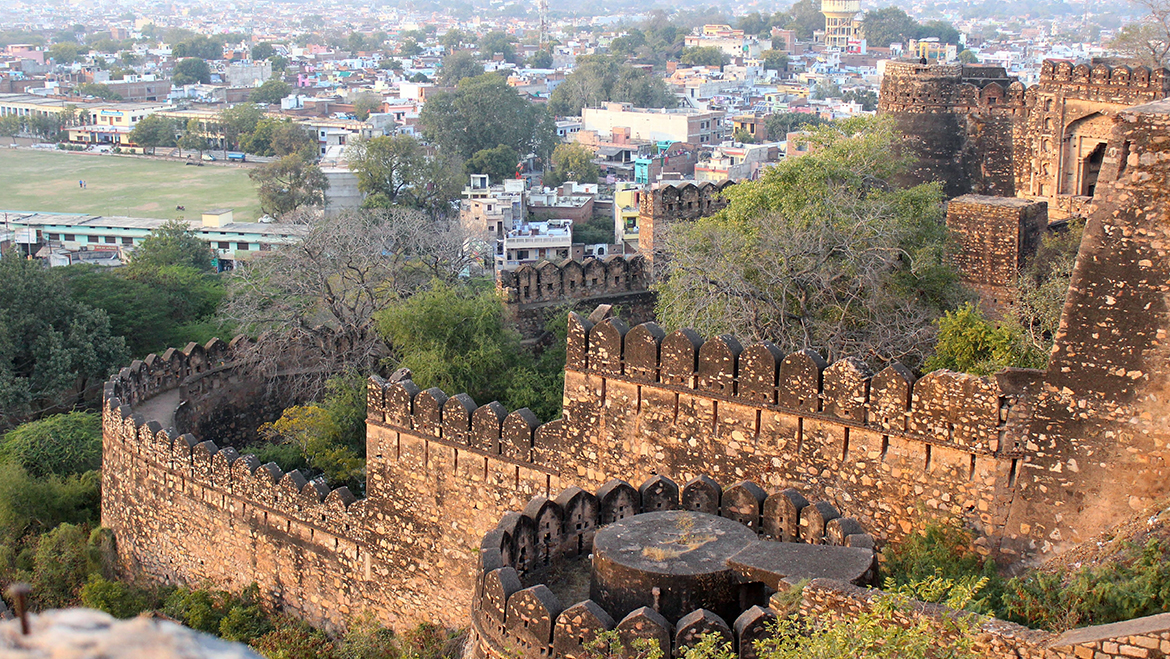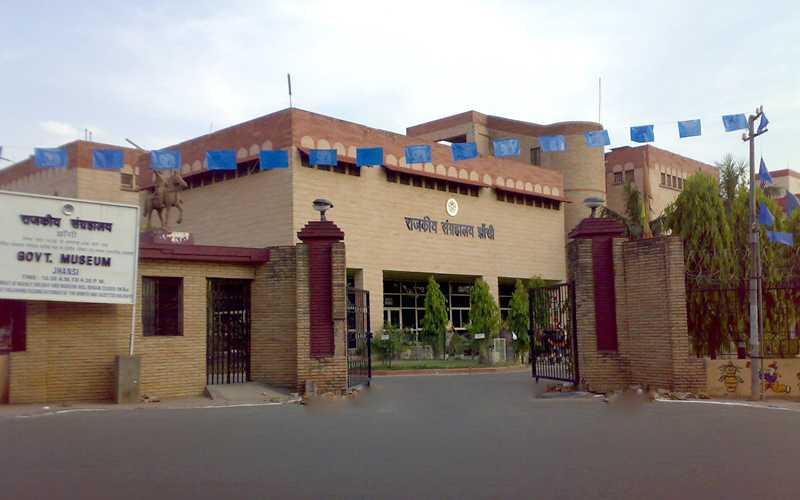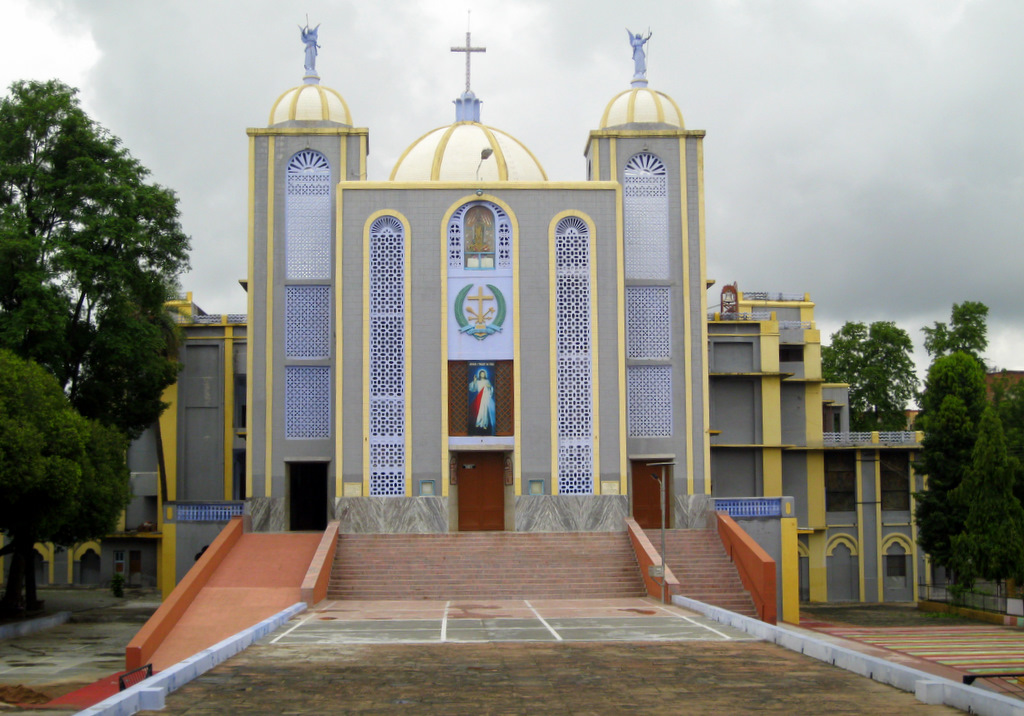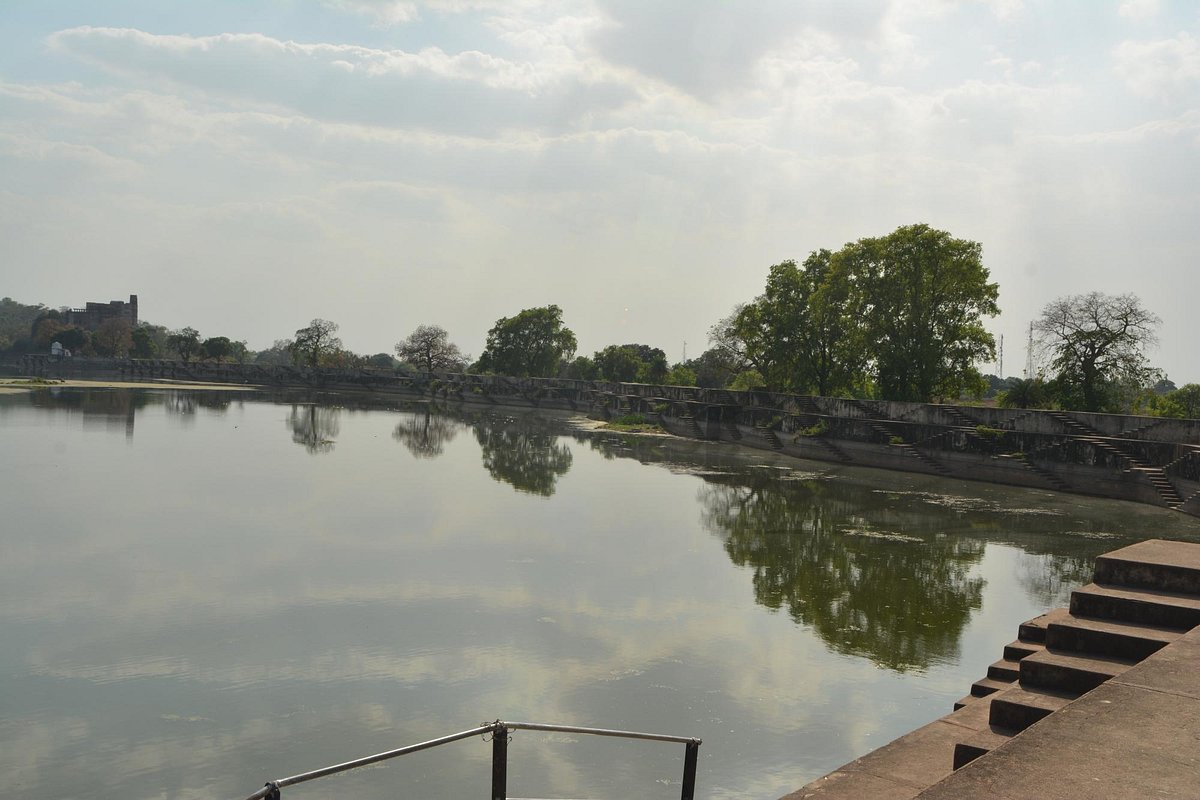Jhansi, a city nestled in the heart of Uttar Pradesh, India, is a place where history breathes and echoes through its ancient forts, palaces, and temples. Steeped in valor and courage, Jhansi stands as a testament to the indomitable spirit of its people and the rich tapestry of its past. From tales of Rani Lakshmibai’s bravery to architectural wonders, this city offers a plethora of experiences for history enthusiasts, nature lovers, and culture aficionados alike. Here’s a curated list of the best places to visit in Jhansi, along with answers to some frequently asked questions:
- Jhansi Fort: A Citadel of Valor

Atop a rocky hill, overlooking the city, stands the magnificent Jhansi Fort, an emblem of resilience and valor. Built in the 17th century by Raja Bir Singh Deo of Orchha, this colossal structure narrates tales of the Bundela dynasty’s glory. The fort encompasses architectural marvels like the Rani Mahal, where Rani Lakshmibai resided, and the Karak Bijli Toup (cannon), which witnessed fierce battles during the First War of Indian Independence in 1857. Visitors can explore the fort’s labyrinthine passages, admire its intricate carvings, and immerse themselves in its poignant history.
- Rani Mahal: A Testament to Love and Sacrifice

Nestled within the Jhansi Fort complex lies the resplendent Rani Mahal, a palace that reverberates with tales of love, valor, and sacrifice. Built in the 18th century, this architectural marvel showcases a blend of Bundeli and Mughal architectural styles, adorned with vibrant frescoes and intricate motifs. It served as the royal residence of Rani Lakshmibai, whose indomitable spirit and courage continue to inspire generations. Visitors can marvel at its elegant architecture, adorned with vibrant frescoes depicting mythological scenes, and delve into the poignant saga of Rani Lakshmibai’s defiance against colonial oppression.
- Government Museum: A Glimpse into Jhansi’s Heritage

For aficionados of history and culture, the Government Museum in Jhansi offers a captivating journey through the city’s illustrious past. Housed within the Jhansi Fort complex, this museum boasts a remarkable collection of artifacts, sculptures, and manuscripts dating back to ancient times. From archaeological finds to intricately crafted weaponry, the museum provides insights into the region’s rich cultural heritage and its historical significance. Visitors can peruse through galleries showcasing artifacts related to the Bundela dynasty, the First War of Indian Independence, and the life and legacy of Rani Lakshmibai, making it a must-visit destination for history enthusiasts.
- St. Jude’s Shrine: A Haven of Serenity

Amidst the hustle and bustle of the city lies St. Jude’s Shrine, a tranquil oasis that offers solace to weary souls and devout pilgrims alike. Dedicated to St. Jude Thaddeus, the patron saint of lost causes, this sacred site exudes an aura of peace and spirituality. Nestled amidst lush greenery, the shrine’s serene ambiance provides a sanctuary for prayer, reflection, and contemplation. Visitors can partake in the daily rituals, seek blessings, or simply bask in the tranquility of this sacred haven, making it an ideal retreat for spiritual rejuvenation.
- Barua Sagar: A Pristine Reservoir

Escape the urban cacophony and immerse yourself in the pristine beauty of Barua Sagar, a picturesque reservoir located on the outskirts of Jhansi. Built by the Chandela kings in the 17th century, this scenic water body offers a serene retreat amidst lush greenery and tranquil surroundings. Visitors can indulge in boating, picnicking, or simply unwind amidst nature’s splendor, making it an ideal destination for a leisurely day trip.
Frequently Asked Questions :
- Is Jhansi safe for tourists?
Jhansi is generally considered safe for tourists. However, like any other city, it’s advisable to exercise caution, especially while exploring crowded areas or traveling at night. As with any travel destination, it’s recommended to stay informed about local customs and practices and to respect the cultural sensitivities of the region.
- What is the best time to visit Jhansi?
The best time to visit Jhansi is during the winter months, from October to March when the weather is pleasant and conducive for sightseeing. The scorching summer months, from April to June, should be avoided due to the extreme heat. Monsoon, from July to September, brings heavy rainfall, which may disrupt travel plans.
- How can I reach Jhansi?
Jhansi is well-connected by air, rail, and road. The nearest airport is in Gwalior, approximately 100 kilometers away. Jhansi Junction is a major railway station, with trains connecting it to various cities across India. Additionally, the city is accessible by road, with well-maintained highways connecting it to neighboring towns and cities.
- What are some local delicacies to try in Jhansi?
Jhansi boasts a rich culinary heritage, with a myriad of flavors to tantalize your taste buds. Some must-try local delicacies include Bedai and Jalebi, Pani Puri, Samosa, and Rabri. These delectable treats can be savored at local eateries and street food stalls across the city.
- Are there any accommodations available in Jhansi?
Jhansi offers a range of accommodation options to suit every budget and preference. From luxury hotels and resorts to budget guesthouses and homestays, visitors can find a variety of comfortable lodging options in and around the city. It’s advisable to book your accommodation in advance, especially during the peak tourist season, to ensure a hassle-free stay.
